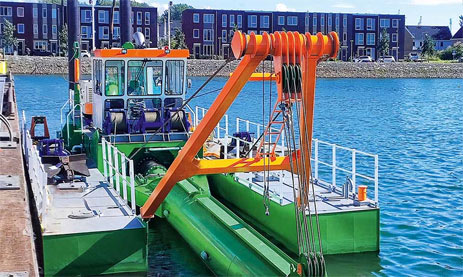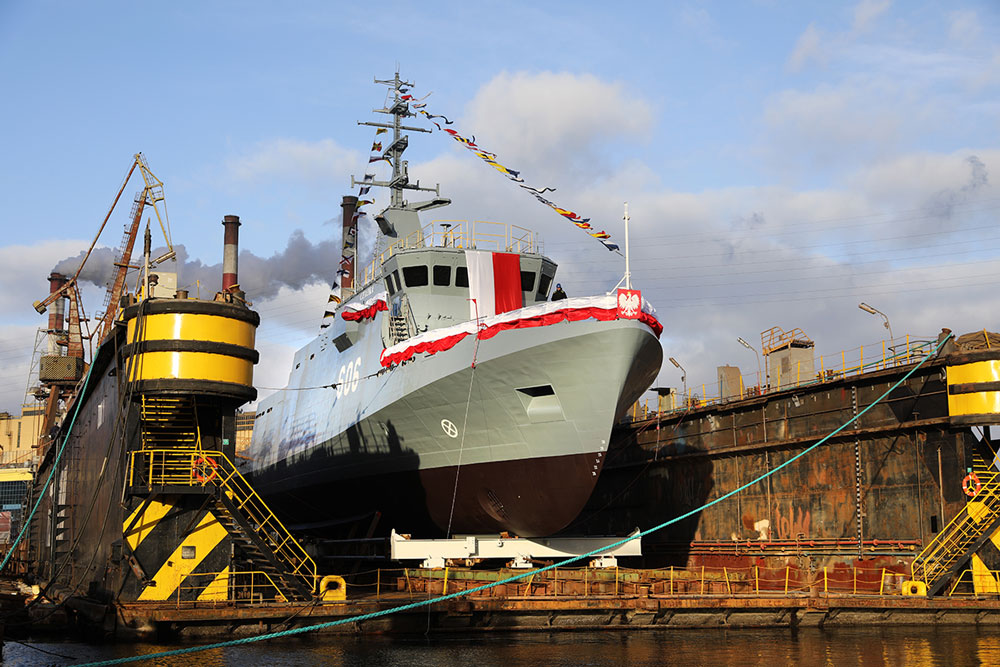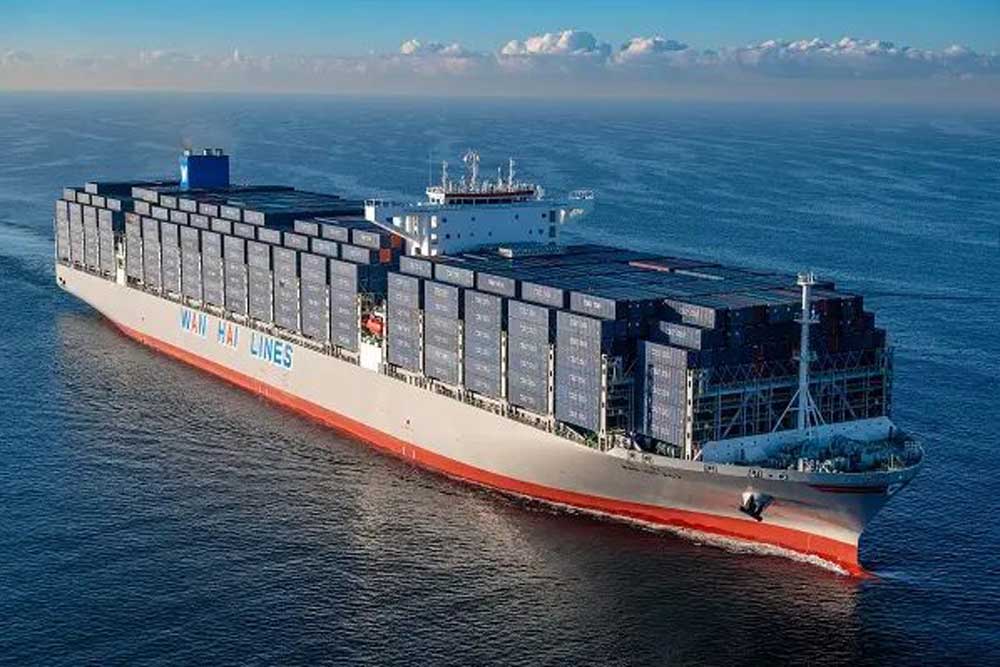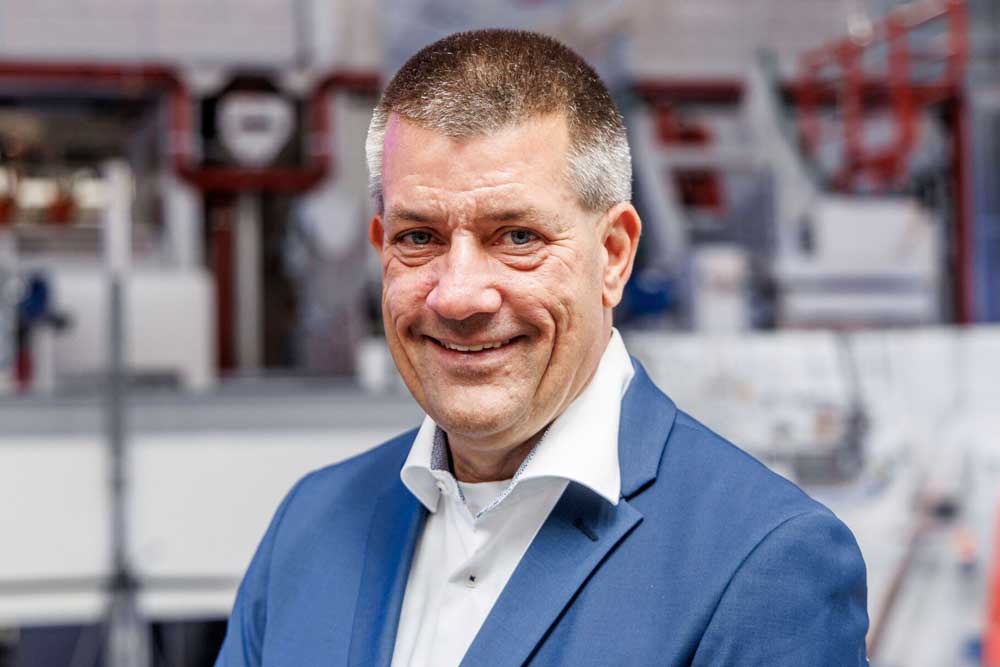Anschütz, one of the world’s leading experts for navigation and bridge systems, has successfully implemented and tested an automatic Collision Avoidance System (CAS) as part of the Kiel research project “Captn” – another milestone on the way to autonomous navigation and assistance systems for safer shipping.
The CAS is based on an algorithm that analyzes the maritime situation using conventional sensor data on board to detect potential collision risks with other ships. In accordance with the International Regulations for Preventing Collisions at Sea (COLREG), these risks are continuously assessed and dynamically displayed. If a collision risk is detected, the system automatically calculates safe maneuvering areas and suggests trajectories, taking into account water depths, navigation marks, restricted areas and other relevant factors.
“The practical tests in the unique test field of the Kiel ‘Captn’ initiative have given us the opportunity to combine our findings from the research laboratory and the simulator with practical experience and user feedback over a period of more than nine months,” says Daniel Sommerstedt, project manager for autonomous navigation research at Anschütz. “We have continuously gained new insights that we were able to incorporate directly into the optimization of the algorithm and the simplification of the display.”
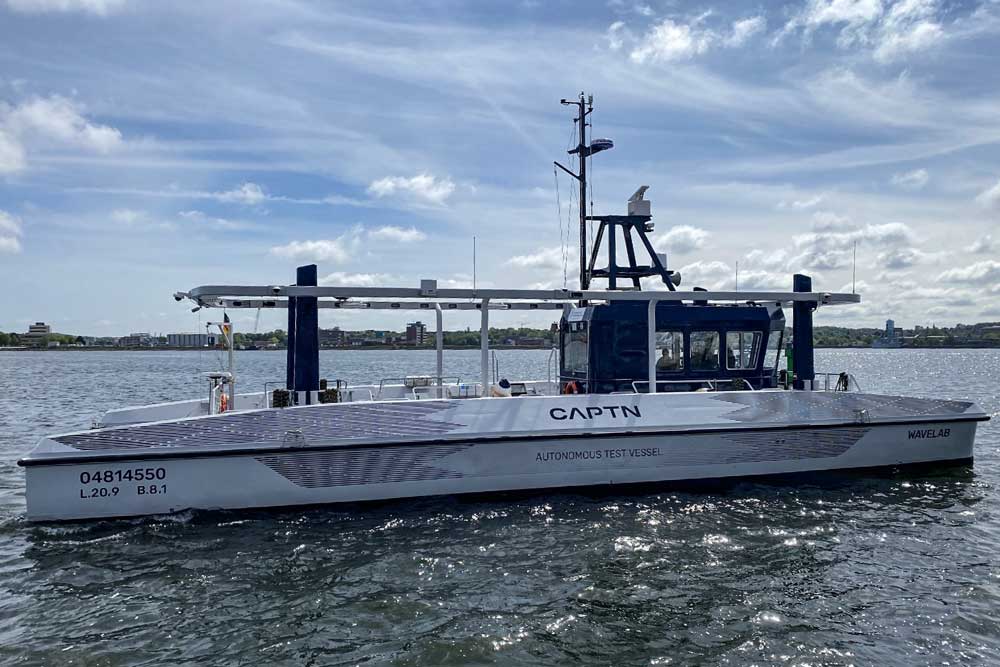
COLREG algorithm has proven itself in tests
The fully rule-based COLREG algorithm proved to be consistently reliable, effective and well parameterized in the tests under various conditions and scenarios. Target detection and assignment, situation analysis, visualization of potential collision risks, trajectory calculation and integration of the extended, dynamic autopilot with path guidance and speed control worked together excellently.
The system’s situation analyses and recommendations for action matched those of the navigators present. The tests on the Kiel Fjord revealed challenging situations, which the CAS mastered with reliable recommendations for action and refined its performance over time.
“Automating target detection, mapping and assessment in a confined and busy area like the Kiel Fjord proved to be a challenge,” explained Sommerstedt. “We have made significant progress on a steep learning curve and will continue to optimize and mature the process as part of the recently launched X-Ferry project of the Captn initiative.”
Optimization of situation analysis through camera data
In this next phase, the situation analysis will be optimized with camera data. In addition to identifying possible additional objects, intelligent cameras will categorize the existing objects, thereby verifying the radar and AIS assessments and creating an even more comprehensive maritime picture.
Anschütz’s aim is to develop a market-ready, approved assistance system for commercial shipping. In the coming months, Anschütz will continue to test and improve the CAS as part of the “X-Ferry” research project. In addition, the system will be adapted for further prototypes, test ships and simulators in order to collect as many test cases as possible and bring the CAS to full approval maturity.
CAS should reduce pressure and minimize human error
As part of the onboard assistance systems, CAS will improve situational awareness and warn navigators of potential collision risks. This will reduce the workload in high-pressure situations and minimize human error. In certain scenarios, the bridge crew can also be reduced to address the shortage of qualified personnel.
Anschütz remains committed to the further development of autonomous navigation through several research initiatives, including the “Captn” initiative in Kiel and various customer projects. The COLREG algorithm was developed as part of the “Ocumar” research project with project partner KIT (Karlsruhe Institute of Technology) and funded by the German Federal Ministry of Economics and Climate Protection.








